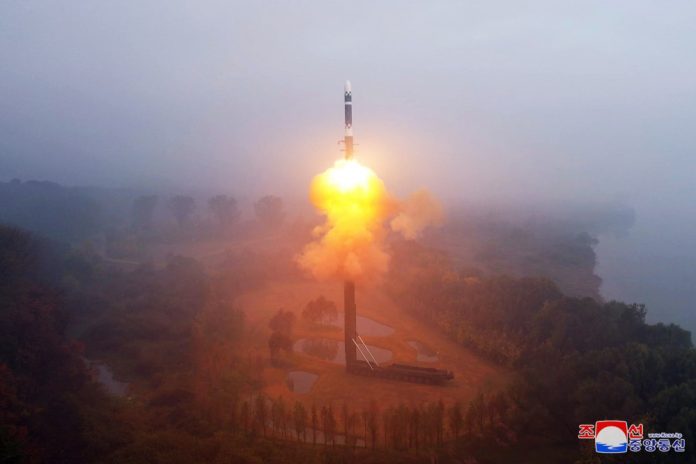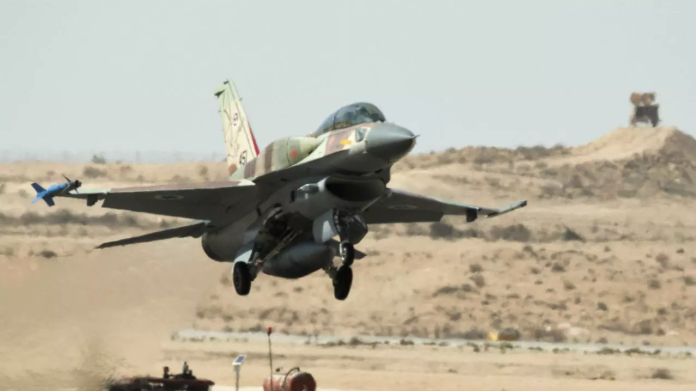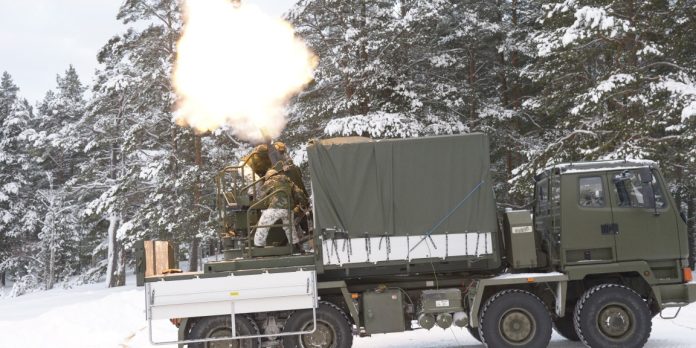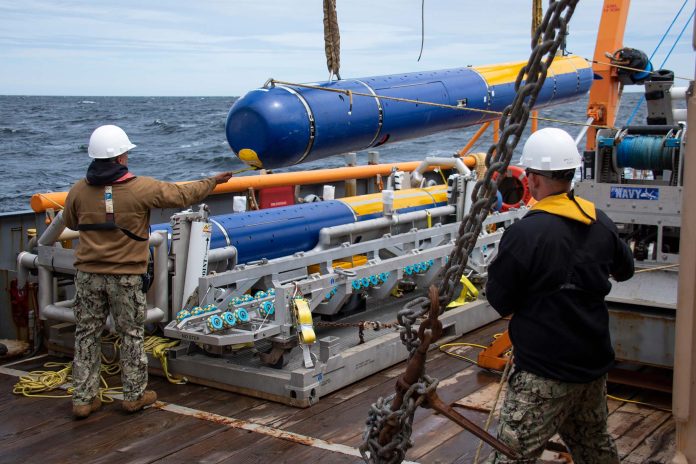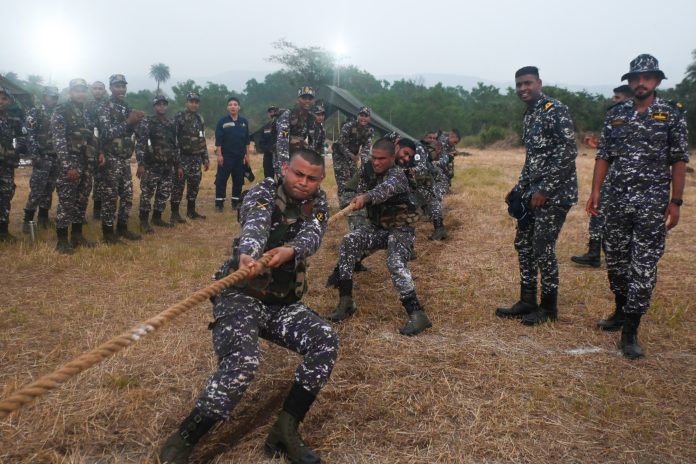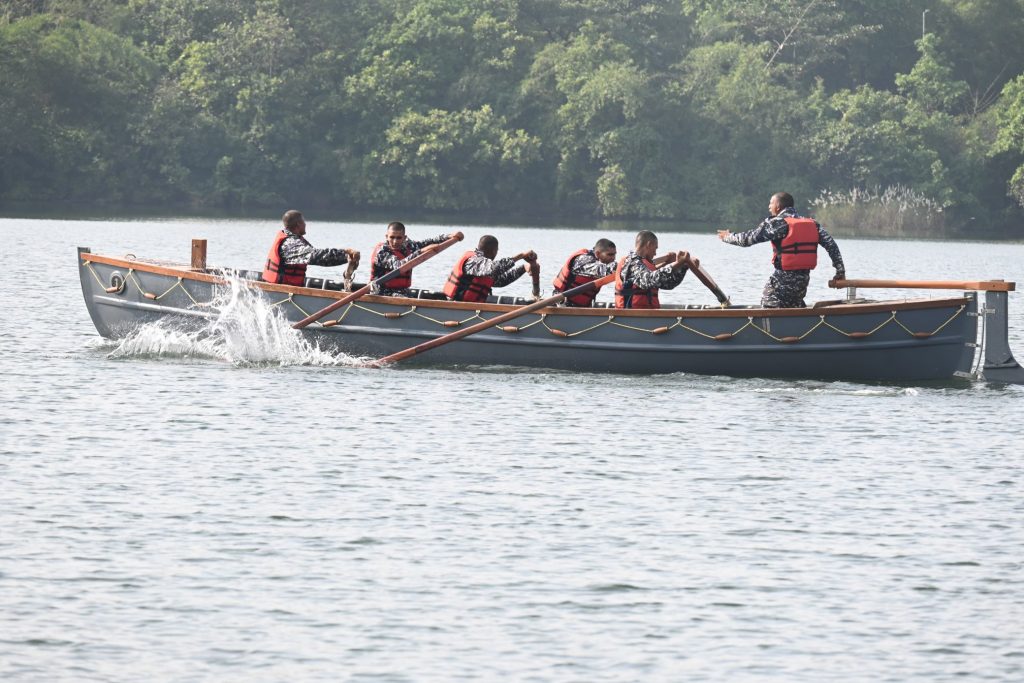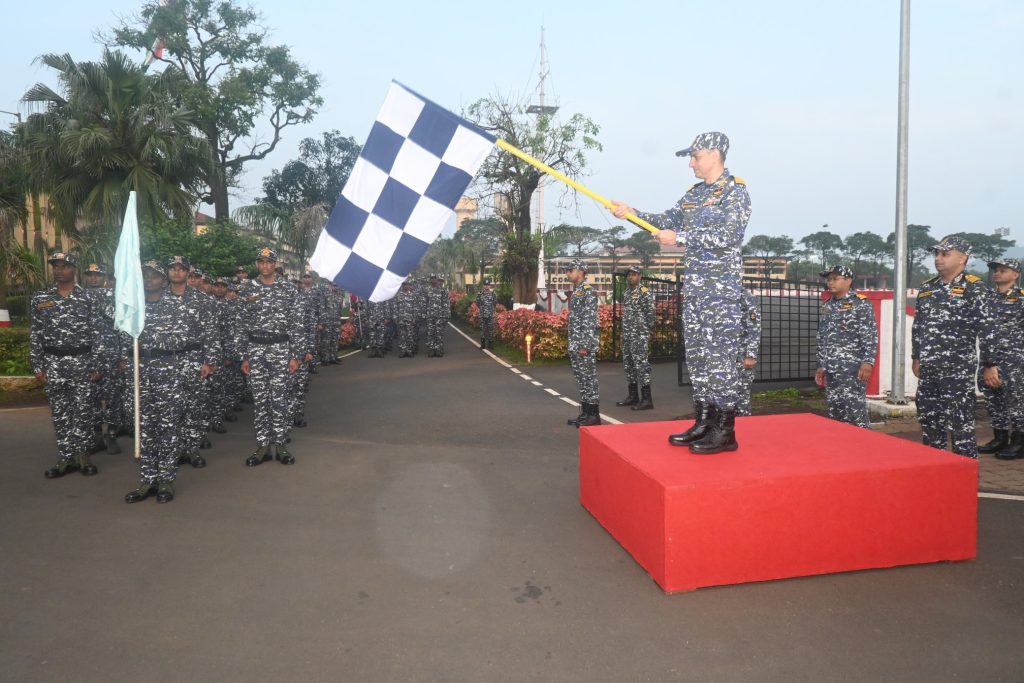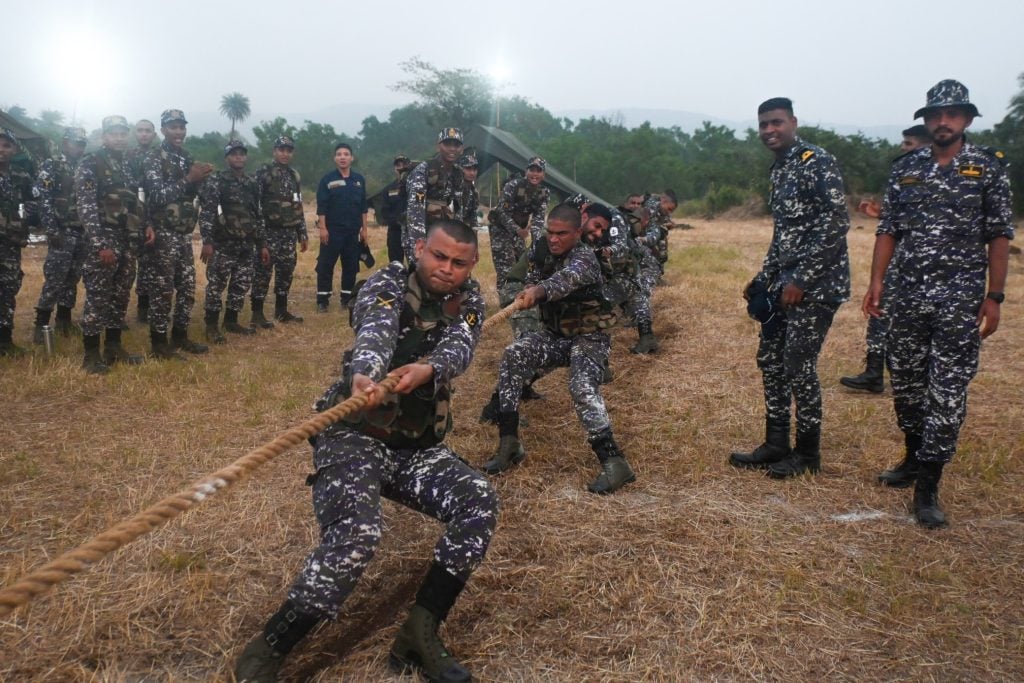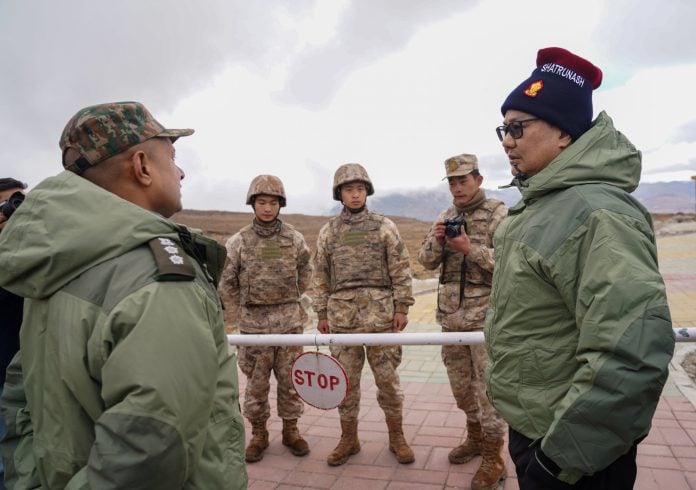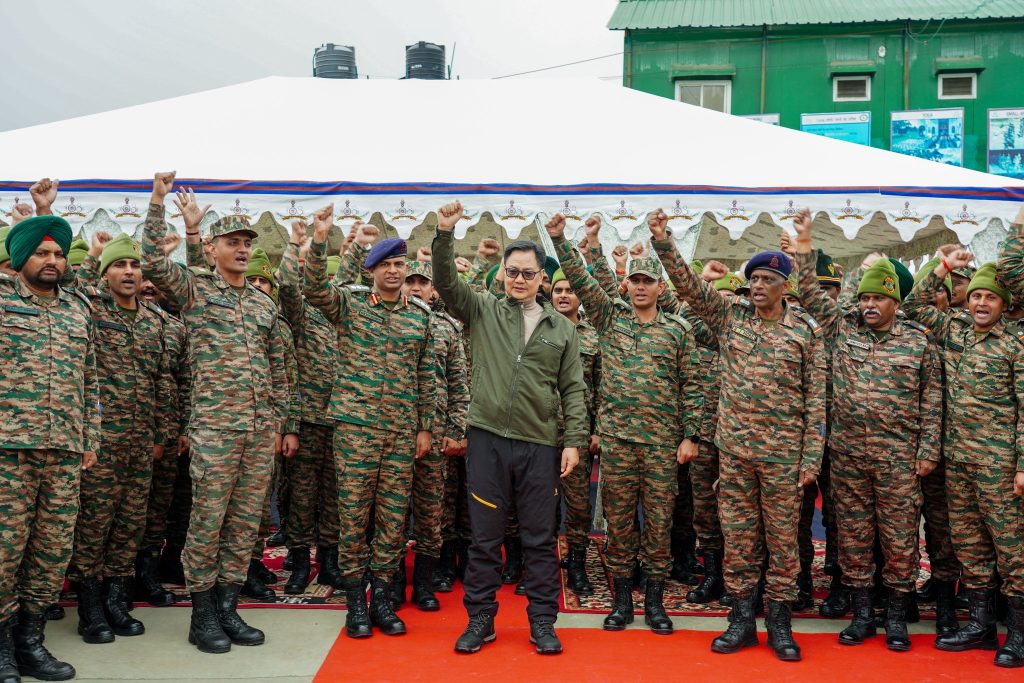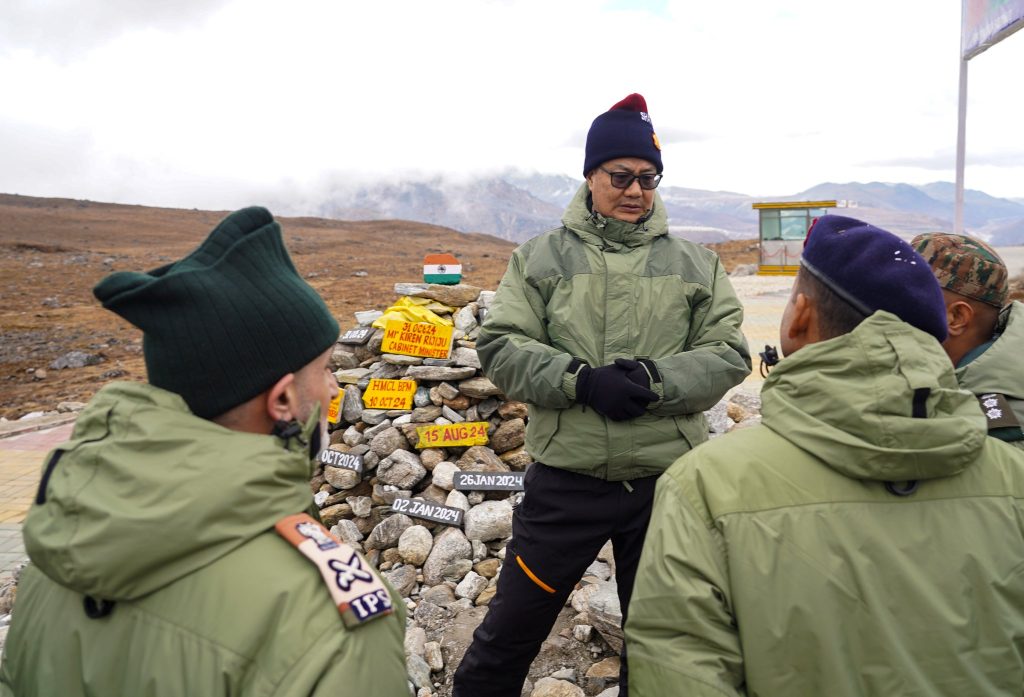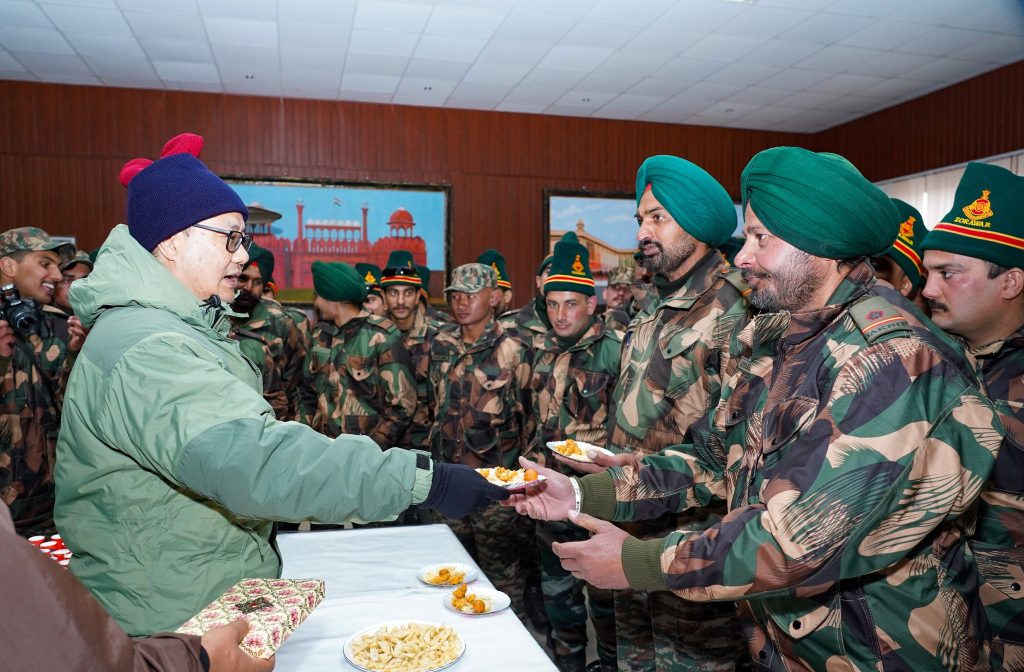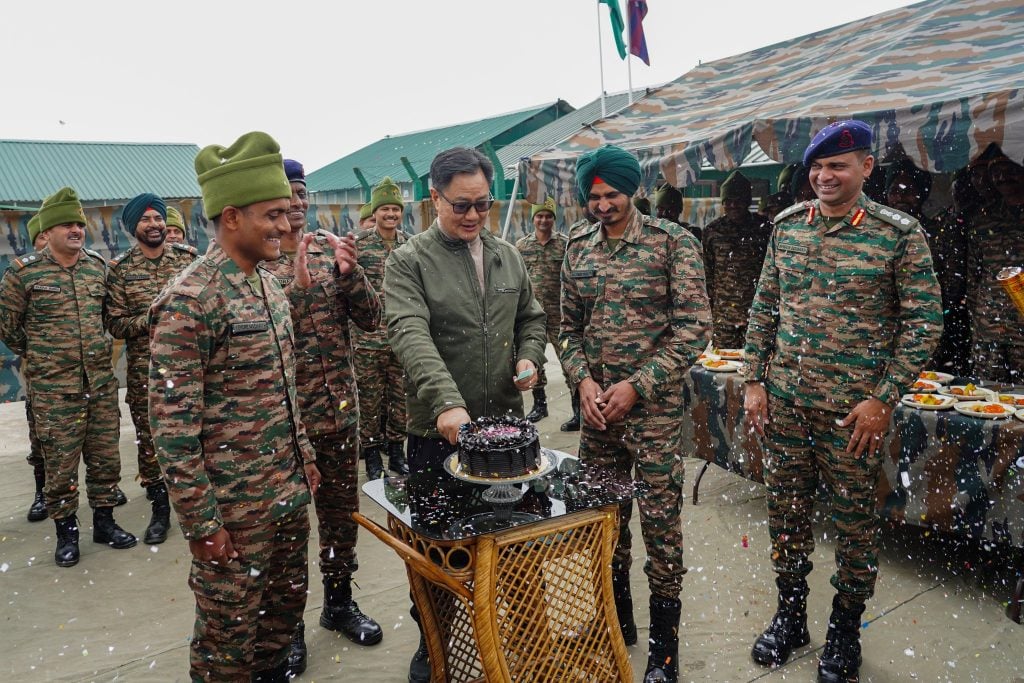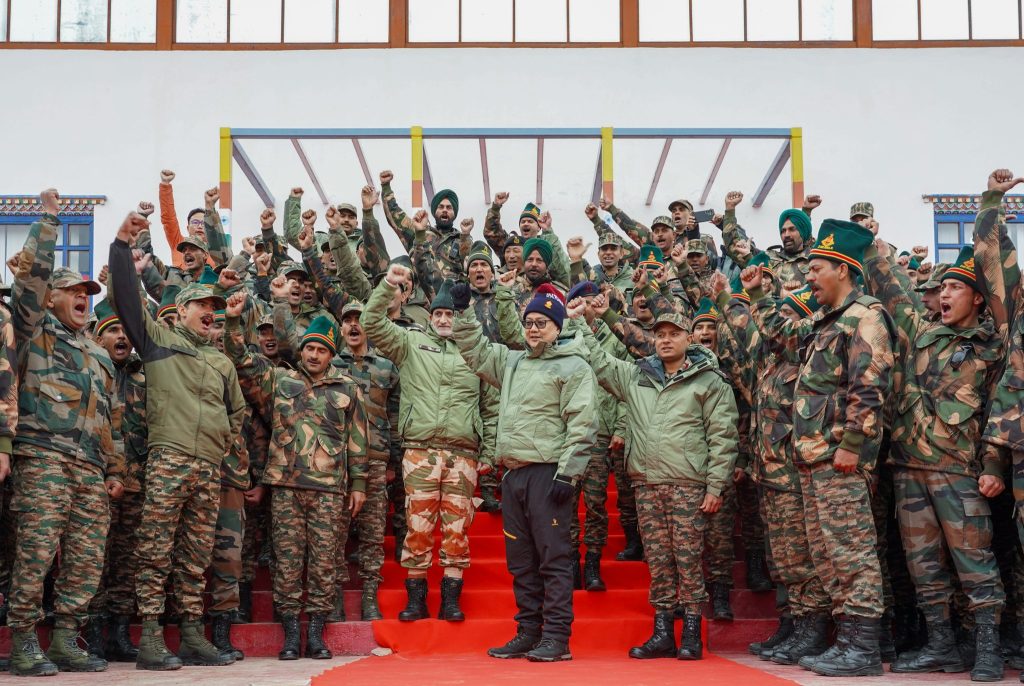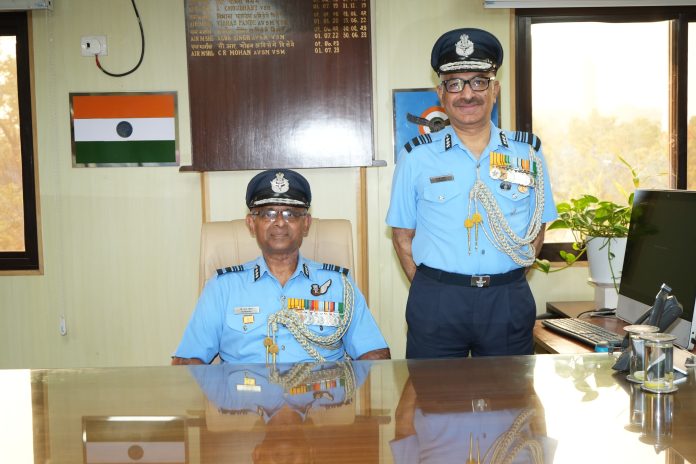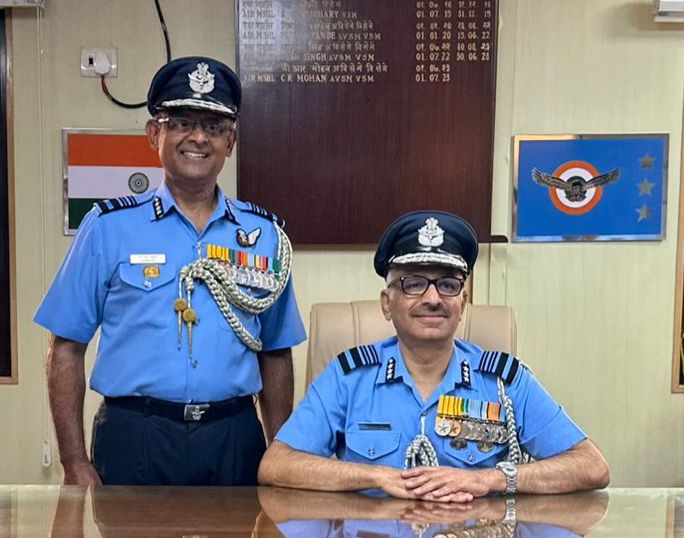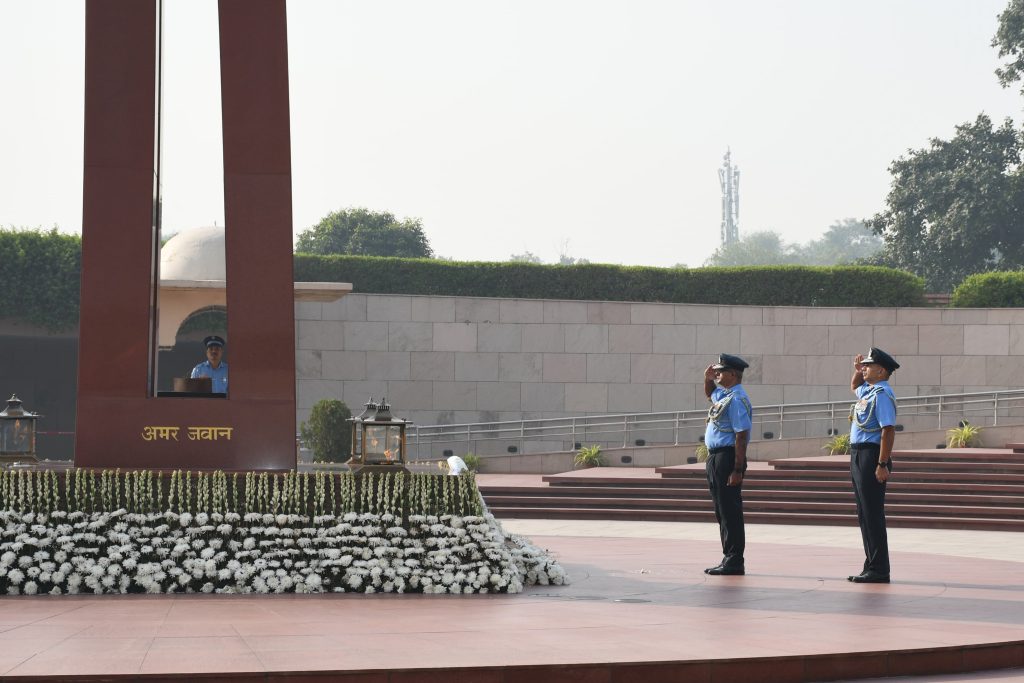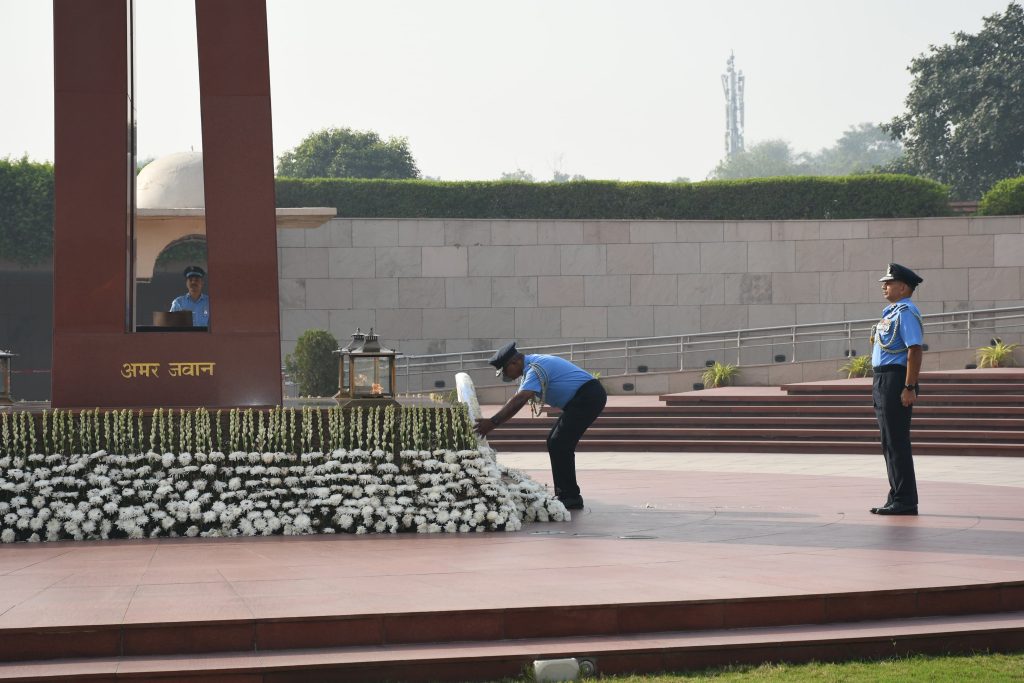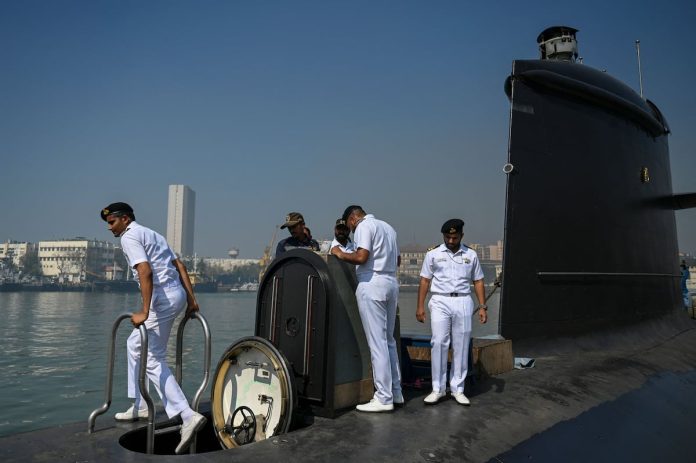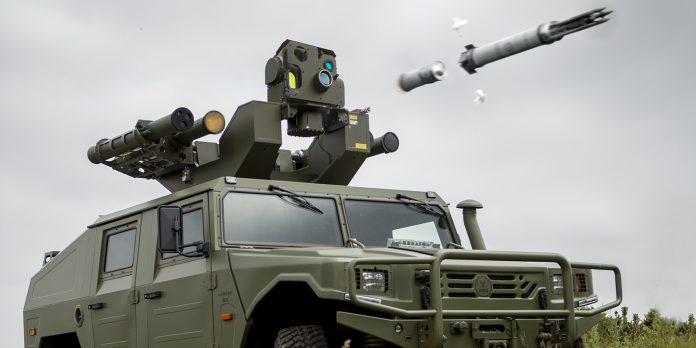US Secretary of State Reports "Good Progress" Toward Ceasefire in Lebanon
Washington, D.C. — US Secretary of State Antony Blinken announced Thursday that negotiators are making significant strides toward reaching a ceasefire in the ongoing conflict resulting from Israel’s military operations in Lebanon. Speaking to reporters, Blinken emphasized that the United States is "working very hard" on finalizing arrangements that would facilitate the withdrawal of Hezbollah, the Shiite militia, from the border area with Israel.
"Based on my recent trip to the region and the ongoing discussions, we have made good progress on those understandings,” Blinken stated. However, he acknowledged that “more work” remains to be done, underscoring the need for a diplomatic resolution, which he hopes will include a formal ceasefire.
As part of these efforts, two senior US officials—Amos Hochstein and Brett McGurk—met with Israeli Prime Minister Benjamin Netanyahu. During the meeting, Netanyahu reiterated that any agreement regarding Lebanon must ensure the security of Israel.
In contrast to the ongoing conflict in Gaza, where the US has called for an immediate ceasefire, it has stopped short of making such demands in Lebanon, largely supporting Israeli military operations against Hezbollah while expressing concern for civilian casualties.
Blinken reiterated the importance of adhering to UN Security Council Resolution 1701, which was established in 2006 and calls for the disarmament of non-state groups in Lebanon, alongside a complete Israeli withdrawal. He emphasized the necessity for “clarity” from both Lebanon and Israel regarding the conditions needed for effective implementation of this resolution, which includes the withdrawal of Hezbollah forces and the deployment of the Lebanese Armed Forces with appropriate enforcement mechanisms.
During the press conference, Defense Secretary Lloyd Austin highlighted the potential for positive change in Lebanon. "We’re hopeful that we will see things transition in Lebanon in a not too distant future," he remarked.
As negotiations continue, the international community closely watches the situation, hoping for a resolution that brings lasting peace and security to the region.


